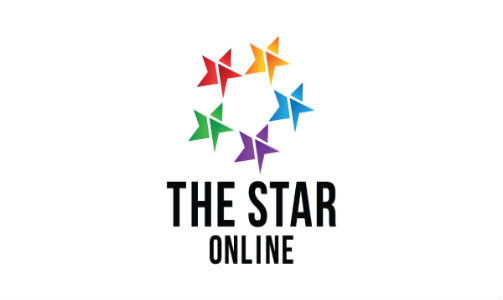Tangible economic benefits from HSR

The Star, February 23, 2013
By JAGDEV SINGH SIDHU
FOR more than a year, going to Singapore has been a ritual for me nearly every weekend. I have experienced basically all modes of shuttling to and fro between Kuala Lumpur and Singapore and found that hoping into my trusted Ford Escape early Saturday morning and returning late Sunday night is the best option for me.
Driving can be tedious but it's something I take enjoyment from. Having a steady vehicle helps a lot and with six CDs of some of my favourite songs all stacked and ready to be listened to, it whittles away the four-hour plus it takes to traverse the often packed highways.
Although it costs me some RM300 in fuel and toll charges for a return journey, and that does not include the wear and tear on my car, I find the ability to go door-to-door a worthwhile expense even though there are cheaper modes of transportation.
Boarding a bus, from my cost-benefit analysis, is often the cheapest way to go with a return ticket costing roughly between RM130 and RM180. Flight tickets can be cheaper if bought in advance but travelling to the airport is an additional cost that when factored in, really is not much of savings compared with driving a car.
Plus the overall time going door-to-door using a plane is really no different from driving a car.
So when it was announced that the Governments of Malaysia and Singapore have given the high speed rail (HSR) between Kuala Lumpur and Singapore the go ahead and to be ready by 2020 or slightly thereafter, it piqued my curiosity as to what that will mean for my future travels.
Well, based on what I have been told by a SPAD official, there is a lot to be excited about.
Firstly, the idea is to cap the time it takes to go from Kuala Lumpur to Singapore using the HSR at around 90 minutes. So does that exclude the time it takes to pass customs on both sides of the border?
No, according to the official. It's 90 minutes from central business district to central business district. But as the future customs and immigration for the new train service has not been decided, intention might give way to bureaucracy.
I hope an arrangement can be worked out where either the new customs and immigration can be located in the CBDs of both countries or a combined one at the Malaysian side of the border.
What about the cost of the ticket? The good news is that the price of a one-way ticket should be the same as the average price of a budget flight between both capitals. There will be price differentiation as the HSR should also have a first class booth where the price of a ticket will be higher.
Check and check. So far so good.
Personally, that is what I need to know but there are other issues that also need to be digested when looking at the bigger picture.
The economic benefits of having a HSR is said to be in excess of RM100bil. That will be the impact of constructing the HSR and also the secondary benefits to the property sector and the tourism industry.
Malaysians and Singaporeans making more frequent trips across the Johor Straits will aid the economies of both countries but the lower costs in Malaysia will certainly draw more traffic and business than the other way around.
The plan is to have an express and transit service and like most places, an express service will be during peak periods. The idea is for the HSR to connect to the major towns between Kuala Lumpur and Singapore and that should also mean more activity in those towns.
The cost of the project has not been finalised although there are large numbers being thrown around. What has not been decided also is how will that cost be shared between Malaysia and Singapore.
Going by economic impact of RM100bil and reports of the cost of the project at around RM30bil, it would appear to make business sense. Also, the project is not like building stadiums for a major sporting event where costs can run into the billions and the economic benefit is only for a compressed period of time.
A rail connection should have a perpetual economic benefit but there will also be a cost. As it stands, bus and airline companies should be worried. The loss of business on the lucrative Kuala Lumpur-Singapore route will hurt.
But anything can happen between now and 2020. Cost dynamics can change, and the reality of the project may differ than the intent, changing the attraction of using the HSR. But as it stands, it's a project I am eagerly waiting for completion.
Acting features editor Jagdev Singh Sidhu will miss bopping his head to his favourite club hits with the volume cranked up in his Ford Escape.
Back